NASHVILLE, Tenn., US: SmileDirectClub (SDC) became the public face of direct-to-consumer (D2C) orthodontics when it experienced phenomenal growth between 2014 and 2019. However, its business model of retail shops and lower-cost D2C therapy left it exposed to the pandemic’s economic headwinds, and David Katzman, SDC’s chairman and CEO, has signalled that the company is already in the midst of a major strategy change that will result in the test marketing of a new product offering within the next 12 months.
SDC began 2022 with a strong result. In the first quarter, it only lost US$73.0 million (€68.1 million). This was around US$22 million less than it lost in the previous quarter, when its net loss from continuing operations totalled US$95.6 million, and a far cry from earlier deficits. In the third quarter of 2019, for example, the company posted a net loss of US$387.6 million. According to Katzman, SDC has enough liquidity and cash to fuel its growth plans, and it aims to become profitable by 2024.
What made the three-month period a success for the company was the US$152 million that it posted in total revenue—a sequential increase of more than 20%—steady shipments of 76,254 unique clear aligner cases and the initiation of what SDC calls the “right-sizing” of its operational structure, which began in February. A closer look at the company’s most recent balance sheet reveals that, on a sequential basis, it decreased its general and administrative expenses by more than US$10 million and that it incurred a similar amount of additional expenses for restructuring and related costs. Interim Chief Financial Officer Troy Crawford told analysts in early May that SDC had paid around US$20 million during the quarter for expenses related to the severance and retention of team members and to the exit of the company from some geographical areas.
Company information states that SDC now operates in the US, Canada, Australia, the UK, Ireland and France, indicating that it has exited at least three markets. The company announced its expansion into New Zealand in late 2019, and into Germany and Hong Kong in 2020.
SDC has struggled during the pandemic, largely owing to a combination of factors which have constrained the spending of the company’s key demographic, which typically has a median household income of US$68,000. Katzman said in November that this demographic “historically could not afford the US$5,000 to US$8,000 price tag for clear aligners,” and added: “From day one, these customers have been a massive tailwind to our business in the Americas and rest of the world.”
“We know that traditional orthodontic customers come from higher-income households” – David Katzman, CEO, SmileDirectClub
Katzman commented in the recent call that accelerated inflation during the first quarter had further constrained non-discretionary spending among this demographic and that this had had a significant impact on the company’s ability to grow. He said: “While we believe strongly in our mission to democratise access to care and in our ability to achieve our long-term growth targets with this demographic, we also believe that the quality of our product, the convenience of our telehealth offering, and the awareness of our brand, provides the right to win by taking share from traditional wires and brackets as well as other more expensive clear liner therapies.” He added: “We know that traditional orthodontic customers come from higher-income households.”
SDC has previously mentioned that it aims to re-evaluate its international footprint and to move into the higher-price bracket of clear aligner therapy through its challenger campaign—directly challenging competitor brands such as Invisalign. However, until this point, the company has remained tight-lipped about the details that such a transition would entail. Katzman said the higher-income consumers whom it wants to attract have different needs to those of its current key demographic, including that of starting treatment with a general practitioner. He said that SDC would continue to invest in its retail stores and grow its partner network of dentists, “allowing [higher income consumers] to start their journey the way they seem to prefer, which is through a neighbourhood GP office supplemented with our convenient telehealth platform and our advanced connected tools”.
SDC would adapt its service model for this purpose, Katzman said, in order to improve the appeal of its product offering. He noted: “While we are not ready to share the specific details of this premium offering, the team is working diligently to get a test in market as soon as possible and begin rolling out in late 2022 or early 2023.”
SDC has a partner network of dentists that currently consists of 673 global practices that are live or pending training, and it has branded oral care products on shelves at more than 16,300 retail stores around the world.
Tags:
TEMPE, Ariz., US: Align Technology performed notably well in 2020, even as the pandemic took a bite out of income streams, and the company broke its own ...
CUPERTINO, Calif., U.S.: In the past, key steps in maintaining one’s privacy might have entailed drawing the curtains after dark, planting a hedge or ...
LEIPZIG, Germany: Last year, clear aligner therapy provided dentists around the world with an attractive income stream even as patient volumes remained ...
LEIPZIG, Germany: Sales at major dental companies climbed in the second quarter of this year compared with the same period in 2020, during which the ...
Live webinar
Mon. 24 November 2025
12:30 pm EST (New York)
Live webinar
Tue. 25 November 2025
11:00 am EST (New York)
Live webinar
Tue. 25 November 2025
12:00 pm EST (New York)
Sandra Bühler, Stefanie Schneider
Live webinar
Tue. 25 November 2025
2:00 pm EST (New York)
Live webinar
Wed. 26 November 2025
1:00 pm EST (New York)
Live webinar
Wed. 26 November 2025
3:00 pm EST (New York)
Live webinar
Thu. 27 November 2025
1:00 pm EST (New York)
Prof. Dr. Dr. Christian Walter, Dr. med. dent. Bayadse Morse



 Austria / Österreich
Austria / Österreich
 Bosnia and Herzegovina / Босна и Херцеговина
Bosnia and Herzegovina / Босна и Херцеговина
 Bulgaria / България
Bulgaria / България
 Croatia / Hrvatska
Croatia / Hrvatska
 Czech Republic & Slovakia / Česká republika & Slovensko
Czech Republic & Slovakia / Česká republika & Slovensko
 France / France
France / France
 Germany / Deutschland
Germany / Deutschland
 Greece / ΕΛΛΑΔΑ
Greece / ΕΛΛΑΔΑ
 Hungary / Hungary
Hungary / Hungary
 Italy / Italia
Italy / Italia
 Netherlands / Nederland
Netherlands / Nederland
 Nordic / Nordic
Nordic / Nordic
 Poland / Polska
Poland / Polska
 Portugal / Portugal
Portugal / Portugal
 Romania & Moldova / România & Moldova
Romania & Moldova / România & Moldova
 Slovenia / Slovenija
Slovenia / Slovenija
 Serbia & Montenegro / Србија и Црна Гора
Serbia & Montenegro / Србија и Црна Гора
 Spain / España
Spain / España
 Switzerland / Schweiz
Switzerland / Schweiz
 Turkey / Türkiye
Turkey / Türkiye
 UK & Ireland / UK & Ireland
UK & Ireland / UK & Ireland
 Brazil / Brasil
Brazil / Brasil
 Canada / Canada
Canada / Canada
 Latin America / Latinoamérica
Latin America / Latinoamérica
 USA / USA
USA / USA
 China / 中国
China / 中国
 India / भारत गणराज्य
India / भारत गणराज्य
 Pakistan / Pākistān
Pakistan / Pākistān
 Vietnam / Việt Nam
Vietnam / Việt Nam
 ASEAN / ASEAN
ASEAN / ASEAN
 Israel / מְדִינַת יִשְׂרָאֵל
Israel / מְדִינַת יִשְׂרָאֵל
 Algeria, Morocco & Tunisia / الجزائر والمغرب وتونس
Algeria, Morocco & Tunisia / الجزائر والمغرب وتونس
 Middle East / Middle East
Middle East / Middle East

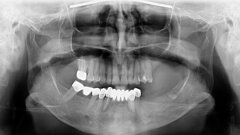

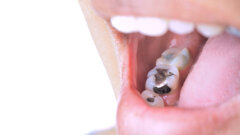


















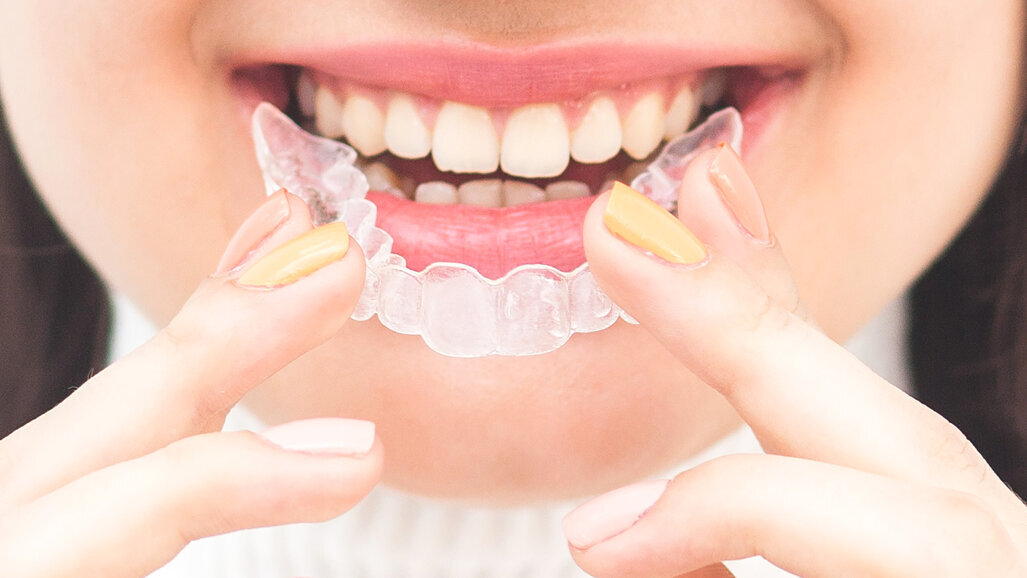

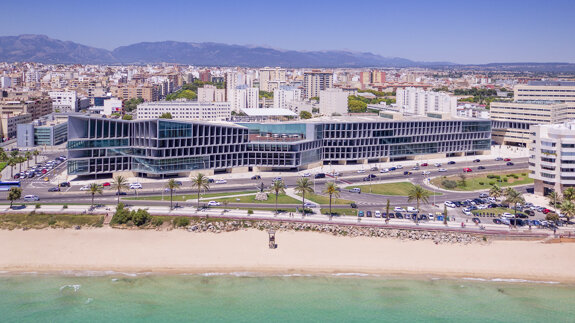




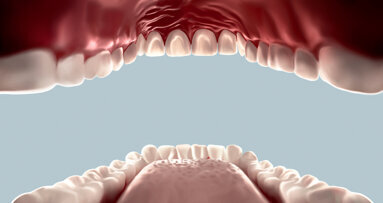










To post a reply please login or register